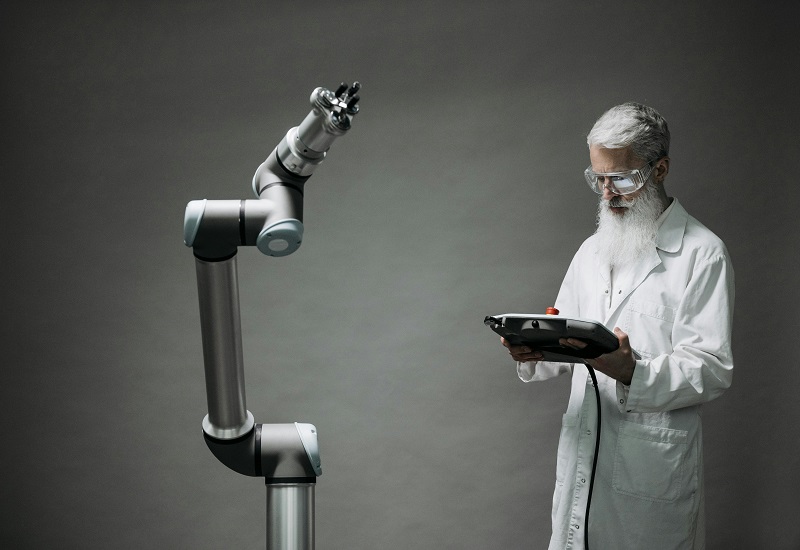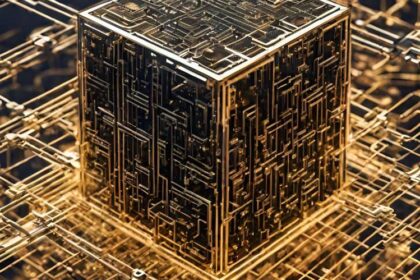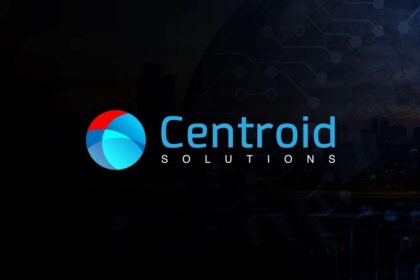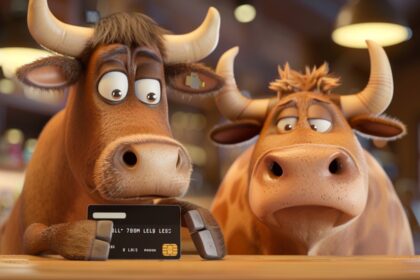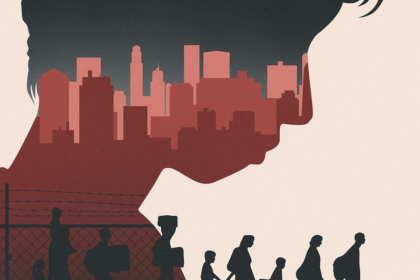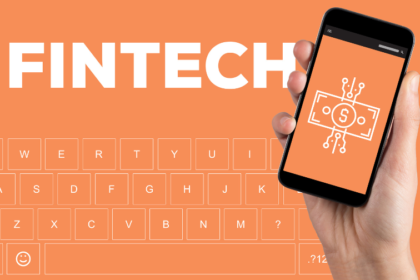The merging of Artificial Intelligence (AI) and traditional art gives exciting opportunities for artists to push the boundaries of creativity and productivity. By blending traditional techniques with AI tools, artists can create unique and innovative works that bridge the past and future of art. As technology continues to evolve, the possibilities for AI and traditional art integration will expand, opening new avenues for artistic expression. Embracing this synergy can lead to a richer, more diverse art world where the old and new coexist harmoniously.
The Intersection of AI Art and Traditional Art:
Understanding AI Art:
AI art involves using algorithms and machine learning models to generate or enhance artwork. These tools can create entirely new pieces, modify existing ones, or assist artists in exploring different styles. Popular AI art tools include Generative Adversarial Networks (GANs), neural style transfer, and deep learning models. These technologies offer endless possibilities, from generating surreal landscapes to creating realistic portraits.
The Essence of Traditional Art:
Traditional art encompasses various techniques and mediums such as painting, drawing, sculpture, and printmaking. These methods require manual skill and a deep understanding of artistic principles. Traditional art is often valued for its tactile nature and the emotional connection between the artist and the medium. It provides a foundation for artistic expression that has been refined over centuries.
The Synergy of AI and Traditional Art:
Combining AI and traditional art allows artists to leverage the strengths of both domains. AI can enhance creativity by generating new ideas and styles, while traditional techniques can add depth and authenticity to AI-generated pieces. This synergy results in artworks that are both innovative and rooted in artistic tradition.
Techniques for Blending AI Art with Traditional Art:
Starting with a Traditional Base:
One effective method for blending AI and traditional art is to begin with a traditional piece and use AI to enhance or transform it. This approach maintains the original’s essence while introducing new elements through AI.
Digital Enhancement:
Artists can scan their traditional artwork and use AI tools to enhance colors, add textures, or modify styles. For instance, neural style transfer can apply a specific artistic style to a scanned painting, creating a hybrid piece that retains the original’s integrity while incorporating AI-driven aesthetics.
Layering Techniques
Layering is another technique where artists create a base layer using traditional methods and then add layers of AI-generated elements. This method allows for intricate designs and complex compositions that blend both techniques seamlessly.
Using AI to Generate Ideas:
AI can serve as a powerful tool for generating ideas and inspiration. Artists can use AI algorithms to explore new styles, compositions, and concepts that they might not have considered otherwise.
Style Exploration:
Generative Adversarial Networks (GANs) can create new styles by training on large datasets of artwork. Artists can input their traditional pieces into GANs to generate variations and experiment with different aesthetics. This process can spark new ideas and directions for traditional projects.
Concept Generation:
AI can also generate entirely new concepts based on predefined parameters. For example, artists can use AI tools to create abstract compositions or surreal scenes that serve as inspiration for traditional works. This method allows for a fusion of AI-generated creativity with manual craftsmanship.
Integrating AI into the Creative Process:
Artists can integrate AI tools directly into their creative process, using them as assistants rather than replacements. This integration can enhance efficiency and open up new possibilities for artistic expression.
Real-Time Collaboration:
Some AI tools offer real-time collaboration features, allowing artists to see the effects of AI algorithms as they work. This capability can be particularly useful for experimenting with different styles and techniques without committing to a specific outcome.
Iterative Refinement:
AI can assist in iterative refinement, where artists create a piece, use AI to generate variations, and then refine the results manually. This process allows for continuous improvement and exploration, resulting in highly polished and unique artworks.
Case Studies of Blended Creations:
Pioneering Artists:
Several contemporary artists are already exploring the fusion of AI and traditional art. Their work showcases the potential of this approach and serves as inspiration for others.
Refik Anadol:
Refik Anadol is known for his immersive installations that combine AI, data visualization, and traditional art techniques. His work often involves using AI to process vast amounts of data and create dynamic visual experiences. Anadol’s approach highlights how AI can enhance traditional art forms and create new, interactive experiences.
Mario Klingemann:
Mario Klingemann, a pioneer in AI art, uses machine learning algorithms to create intricate and thought-provoking pieces. His work often starts with traditional sketches, which he then processes using AI tools to generate complex and abstract visuals. Klingemann’s art exemplifies the seamless integration of traditional methods and AI-driven innovation.
Practical Applications:
Artists from various disciplines can adopt AI and traditional art techniques to produce unique creations. Here are some practical applications:
Mixed Media Art
Mixed media artists can benefit from AI tools by incorporating digital elements into their traditional works. For instance, a painter might use AI to create digital overlays or textures that complement their physical paintings.
Graphic Design
Graphic designers can use AI to generate patterns, textures, and styles that enhance their traditional designs. This approach allows for greater creativity and efficiency in producing visually appealing content.
Challenges and Considerations:
Balancing AI and Traditional Techniques:
While the combination of AI and traditional art offers many benefits, it also presents challenges. Artists must find a balance between using AI tools and maintaining their unique style and vision. Overreliance on AI can lead to homogenized art, while underutilization can limit creative potential.
Ethical and Copyright Issues:
The use of AI in art raises ethical and copyright concerns. Artists must ensure that they have the right to use the datasets and models they employ. Additionally, the question of authorship arises when AI plays a significant role in the creative process. Clear guidelines and agreements are essential to address these issues.
Conclusion:
Art has always been a fascinating field, continuously growing with new techniques and technologies. The advent of artificial intelligence (AI) has introduced unprecedented possibilities, enabling artists to explore uncharted territories. While AI art offers a fresh perspective, traditional art holds timeless value and beauty. Blending these two realms can result in unique, captivating creations that bridge the past and the future. This article delves into how traditional art techniques can be combined with AI tools to produce remarkable works of art.

